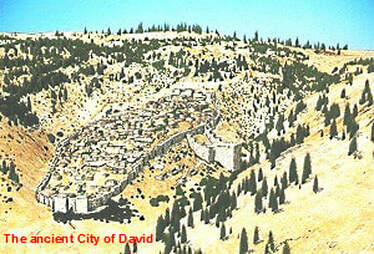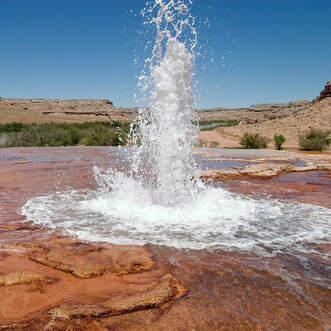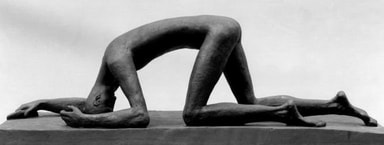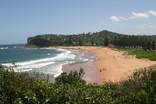
Psalm 51:18/19
There is no doubt that this Psalm describes the repenting heart of David following his sin with another man’s wife—Bathsheba.
After his confession and plea for mercy there is a series of requests that include being washed and cleansed and that God will not remove his Holy Spirit from David.
But David is also concerned about the vision that God had given him for Zion, the City of David, where he knew the temple (the plans for which he was giving to his son Solomon) was to stand--
‘Do good in Your good pleasure to Zion;
Build the walls of Jerusalem.
Then You shall be pleased with the sacrifices of righteousness,
With burnt offering and whole burnt offering;
Then they shall offer bulls on Your altar’ (vv18/19)
David, when he had bought Araunah’s threshing floor had said, like Jacob long before him, “This is the house of the Lord God” and added, “and this is the altar of burnt offering for Israel”
(1 Chronicles 22:1).
There was no doubt in David’s mind that all the activity of the altar was to be centred in Zion...that is, the City of David (see 2 Samuel 5:7) and near that ancient water source (the living water that represented the flow of life from God), the Gihon Spring.
The picture above is an artist's impression of the ancient City of David with the protruding wall protecting the Gihon Spring. It was above this, within the City of David, that Solomon built the temple. The karst type spring gushed (that's what Gihon means) and the water was piped up under its natural pressure to serve the purposes of the temple and sacrifices.
Read the fascinating history of the biblical site that became known as The Place, in '
THE PLACE HaMakom: where Jerusalem's Temples stood'
Click here to purchase from the publisher, or here from Amazon as paperback, or here as an eBook
.


 RSS Feed
RSS Feed
